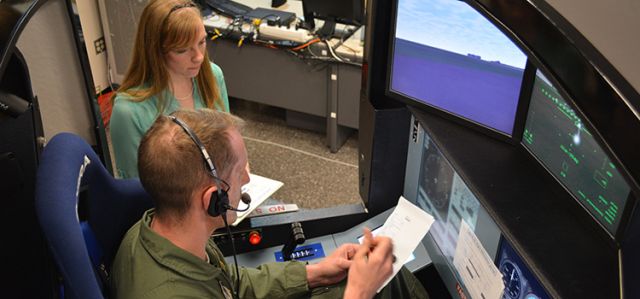Improving Techniques in Statically Equivalent Serial Chain Modeling for Center of Mass Estimation
Document Type
Article
Publication Date
2-2015
Publication Source
Journal of Mechanisms and Robotics
Abstract
Any articulated system of rigid bodies defines a statically equivalent serial chain (SESC). The SESC is a virtual chain that terminates at the center of mass (CoM) of the original system of bodies. An SESC may be generated experimentally without knowing the mass, CoM, or length of each link in the system given that its joint angles and overall CoM may be measured. This paper presents three developments toward recognizing the SESC as a practical modeling technique.
Two of the three developments improve utilizing the technique in practical applications where the arrangement of the joints impacts the derivation of the SESC. The final development provides insight into the number of poses needed to create a usable SESC in the presence of data collection errors. First, modifications to a matrix necessary in computing the SESC are proposed, followed by the experimental validation of SESC modeling. Second, the problem of generating an SESC experimentally when the system of bodies includes a mass fixed in the ground frame are presented and a remedy is proposed for humanoid-like systems. Third, an investigation of the error of the experimental SESC versus the number of data readings collected in the presence of errors in joint readings and CoM data is conducted. By conducting the method on three different systems with various levels of data error, a general form of the function for estimating the error of the experimental SESC is proposed.
Inclusive pages
011013-1 to 011013-10
ISBN/ISSN
1942-4302
Copyright
Copyright © 2015, American Society of Mechanical Engineers
Publisher
American Society of Mechanical Engineers
Volume
7
Issue
1
Peer Reviewed
yes
eCommons Citation
Li, Bingjue; Murray, Andrew P.; and Myszka, David H., "Improving Techniques in Statically Equivalent Serial Chain Modeling for Center of Mass Estimation" (2015). Mechanical and Aerospace Engineering Faculty Publications. 170.
https://ecommons.udayton.edu/mee_fac_pub/170
COinS




Comments
Permission documentation is on file.